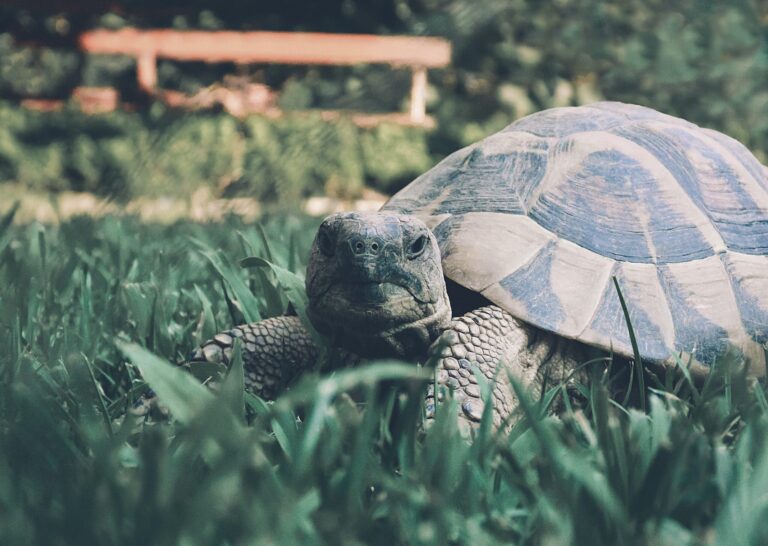Things to Know About Keeping a Tortoise as a Pet

If you are thinking about getting a pet for the first time, your first thoughts may be about getting a cat or a dog. However, if you are considering a more exotic pet, it is important to stop and think about the complexities involved in caring for any pet, regardless of species.
Tortoises were highly popular as a family pet in the 1970s and whilst they are not as popular today, they are still very much in demand. So, with this in mind, we wanted to look at what’s involved in caring for a pet tortoise and what you need to think about before jumping in feet first. Tortoises are exploited for the pet trade so it’s a good idea to understand how these species are protected CITES and what documentation you should look out for when you get one as a pet.
A Bit of Background About Tortoises
Testudines (turtles and tortoises) are an incredibly unique group of reptiles that have shells. With nearly 50 species of tortoise (Testudinidae) that live in habitats that range from deserts to rainforests and grasslands, we’ve decided to concentrate our attention on the Hermann tortoise which is one of the most popular breeds of tortoise due to their manageable size and lively temperament. They are found in Western Europe, the Mediterranean islands, southern Italy, and Turkey. They live for an average of 30 years, often reaching 75 years but have been known to live for over 90 years! They can grow up to 20cm and are classed as near threatened by IUCN due to habitat destruction. Fortunately, conservation efforts over recent years have helped restore numbers in some areas. But because of their status, it’s worth reiterating the importance of checking your potential pets’ origins before you part with your money.
Caring for Your Tortoise
A Hermann tortoise likes a varied diet of plants, but it can be partial to the odd slug or snail. That said they are mainly herbivores. As with humans, these tortoises need help with supplements too. Adding calcium and phosphorous to their diets will help maintain and develop a healthy shell. Without enough calcium, they can produce a ‘pyramid shell’, a condition that affects the shell causing it to warp and grow incorrectly due to lack of nutrients.
As herbivores, they love their greens! But they should not be fed beans as they contain phytic acid that stops them from absorbing calcium. Greens such as clover, wild lupine, and plantain leaves given around 5 times each week will be enough and it’s a good idea to add some cuttlebone for extra calcium.
Tips to Help Care for Your Tortoise:
- We recommend an open or mesh-covered top enclosure with good ventilation.
- They will need to be warm (nothing below 21c) and they enjoy different micro-climates. Keeping them indoors with access to the garden would be ok!
- Ensure they get out at least once a day, they need space to wander and get fresh air just like us.
- A shallow pool dug into the garden will offer them access to water, but not too deep!
- They will need a heat lamp, (45w) this can be an average desk lamp placed above them and it will help them with vitamin D.
- Ideally during the day you want the temperature to be 26-27c.
- Their bedding can be chip, compost, and sand- about 5cm deep.
- Remove their mess regularly and do a weekly clean.
- Be prepared for hibernation. When they come out of hibernation they will not eat for a week, if it is longer, we suggest getting them to a vet.
- They go into hibernation when the temperature drops to 4-10c. Never allow it to be lower!
Tortoises are a complex species, and we’ve only scratched the surface when caring for them as pets. The best advice for any pet owner is to conduct thorough research to ensure proper care. Providing the right nutrition and supporting their wellbeing with the right habitats, is incredibly important for a tortoise!

Responses